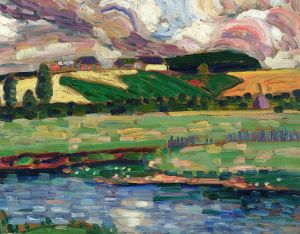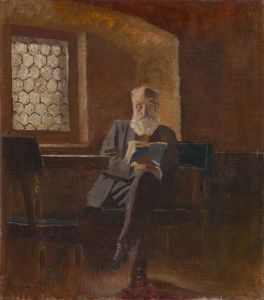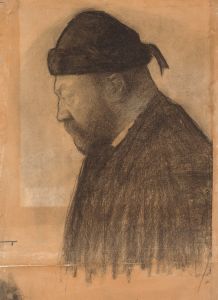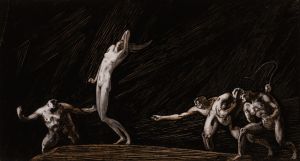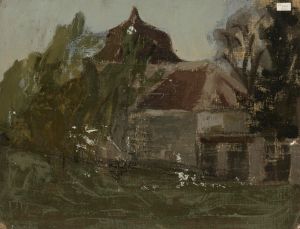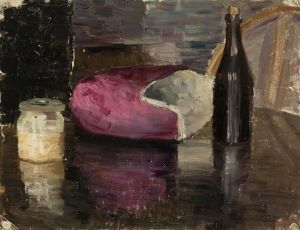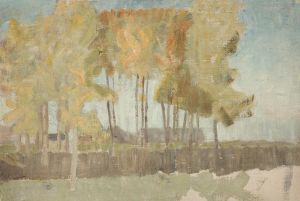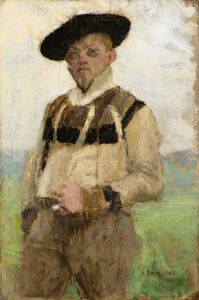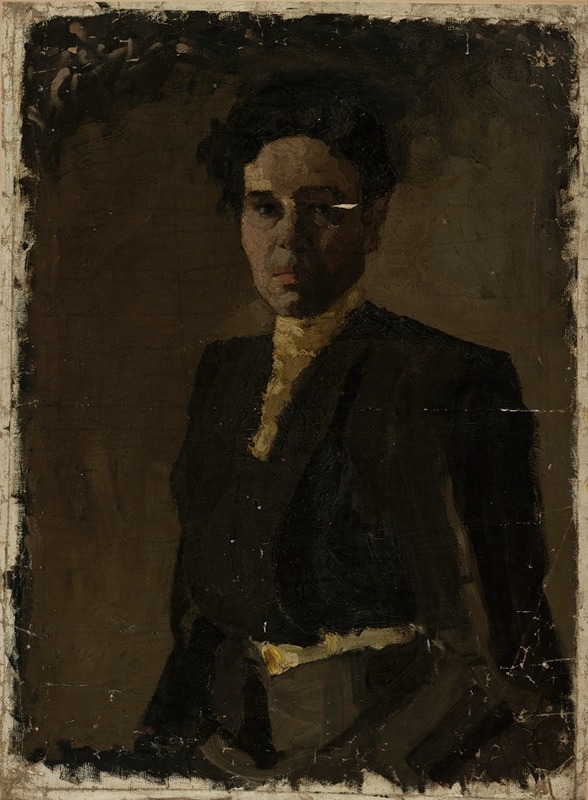
Naine tumedas kleidis
A hand-painted replica of Nikolai Triik’s masterpiece Naine tumedas kleidis, meticulously crafted by professional artists to capture the true essence of the original. Each piece is created with museum-quality canvas and rare mineral pigments, carefully painted by experienced artists with delicate brushstrokes and rich, layered colors to perfectly recreate the texture of the original artwork. Unlike machine-printed reproductions, this hand-painted version brings the painting to life, infused with the artist’s emotions and skill in every stroke. Whether for personal collection or home decoration, it instantly elevates the artistic atmosphere of any space.
Naine tumedas kleidis (translated as "Woman in a Dark Dress") is a notable painting by the Estonian artist Nikolai Triik. Created in 1913, this work is a significant example of Triik's contribution to the Estonian art scene during the early 20th century. Nikolai Triik (1884-1940) was a prominent figure in Estonian art, known for his versatility and involvement in various artistic movements, including Symbolism and Expressionism.
The painting depicts a woman dressed in a dark, elegant gown, seated in a contemplative pose. The background is relatively simple, which helps to draw attention to the figure of the woman. The use of dark tones and the somber mood of the painting are characteristic of Triik's style during this period. The woman's expression and posture suggest a sense of introspection or melancholy, which is a common theme in Triik's work.
Triik's education and artistic development were influenced by his studies in various European cities. He studied at the St. Petersburg Academy of Arts and later continued his education in Paris, where he was exposed to the works of contemporary European artists. This exposure had a significant impact on his style, as seen in "Naine tumedas kleidis," which reflects elements of both Symbolism and Expressionism.
The painting is part of the collection of the Art Museum of Estonia (Eesti Kunstimuuseum), which houses an extensive collection of Estonian art. It is considered one of Triik's masterpieces and is often highlighted in exhibitions and discussions about early 20th-century Estonian art. The museum's collection provides valuable insights into the development of Estonian national identity through art, and Triik's works are essential to understanding this cultural evolution.
Nikolai Triik's contribution to Estonian art extends beyond his paintings. He was also involved in graphic design, illustration, and stage design, making him a multifaceted artist. His works often reflect the social and political changes of his time, and he played a crucial role in the development of modern art in Estonia.
"Naine tumedas kleidis" remains a significant piece for both its artistic quality and its representation of Triik's style and thematic concerns. The painting continues to be studied and appreciated for its emotional depth and technical execution. It serves as a testament to Triik's skill in capturing complex human emotions and his ability to convey them through his art.
In summary, "Naine tumedas kleidis" by Nikolai Triik is a key work in the history of Estonian art. Created in 1913, it exemplifies Triik's style and thematic focus during a formative period in his career. The painting is housed in the Art Museum of Estonia and continues to be an important piece for understanding the development of Estonian national art and identity.





